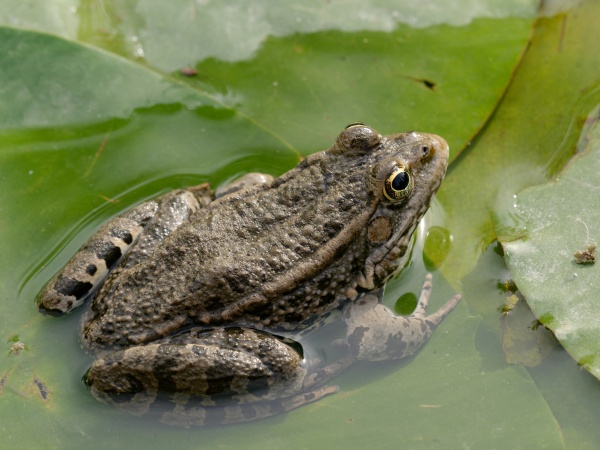Facts About Marsh frog
The marsh frog is an intriguing species of aquatic frog native to Europe and parts of Asia. These frogs are widespread throughout Europe, ranging from western France to the Middle East, and extending to about a quarter of the way into Russia. They are also found in isolated locations such as Saudi Arabia and the Russian Far East. Recently, they have even been introduced to the United Kingdom.
Marsh frogs are remarkably adaptable and can inhabit various types of water bodies. They are the largest frogs in most regions they occupy. During the winter, marsh frogs hibernate and interestingly, they use the Earth's magnetic field to navigate back to their breeding ponds.
In terms of appearance, marsh frogs display a wide array of colors and patterns, including shades of green, brown, and grey. They have large heads and primarily feed on arthropods and invertebrates. Their tadpoles consume organic matter such as algae, detritus, and decaying plants. A fascinating behavior observed is that marsh frogs sometimes climb onto water buffalo to feed on flies, suggesting a possible mutualistic relationship.
There are also three known hybridogenetic hybrids of the marsh frog, which are sustained through various crossings. In regions where they have been introduced, marsh frogs may hybridize with native species. While this could potentially affect the gene pool, evidence suggests that their overall impact on local frog populations is minimal.

 Slovakia
Slovakia